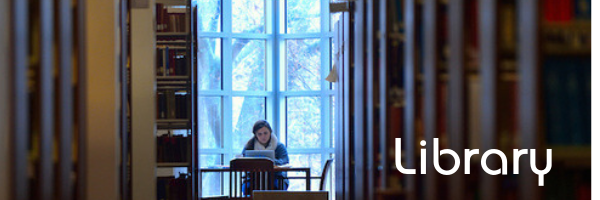
Library Publications
Document Type
Article
Publication Date
9-2021
Abstract
In the last several years, there has been a growing awareness of the need for digital accessibility in cultural heritage institutions. While initiatives to make content accessible and equitable for all patrons are vital for the continued growth and effectiveness of these institutions, they are not changes that can be made overnight. Remediating content requires time, knowledge, and effective tools. For many solo or siloed cultural heritage institutions, it can be difficult to commit the resources necessary for remediation. Nevertheless, these institutions will need to dedicate significant amounts of time to increasing accessibility in their digital collections, including audiovisual (A/V) content.
For A/V collections, the process of making material accessible to all users is time consuming and labor-intensive. It requires listening to the recording in real time, replaying the recording at different speeds to decipher difficult passages, and writing down every word, pause, and non-verbal communication with a time-stamp to indicate where in the recording the text occurred. Existing models of auto-generating caption files, such as uploading to YouTube, are known to be mediocre and do not remove the need for proofreading. This toolkit is intended to create an easily replicable, low-cost, efficient solution for transcribing and captioning library and archival video content, making A/V remediation feasible for institutions that lack the resources to undertake an in-depth transcription project.
Relational Format
article
Recommended Citation
Norris-Davidson, Abigail and Emanuel, Michelle, "Caption This: Creating Efficiency in Audiovisual Accessibility Using Automatic Speech Recognition Toolkit" (2021). Library Publications. 18.
https://egrove.olemiss.edu/libpubs/18


Comments
This work is licensed under a Creative Commons Attribution 4.0 International License This project was made possible in part by a 2020 award from the Catalyst Fund at LYRASIS